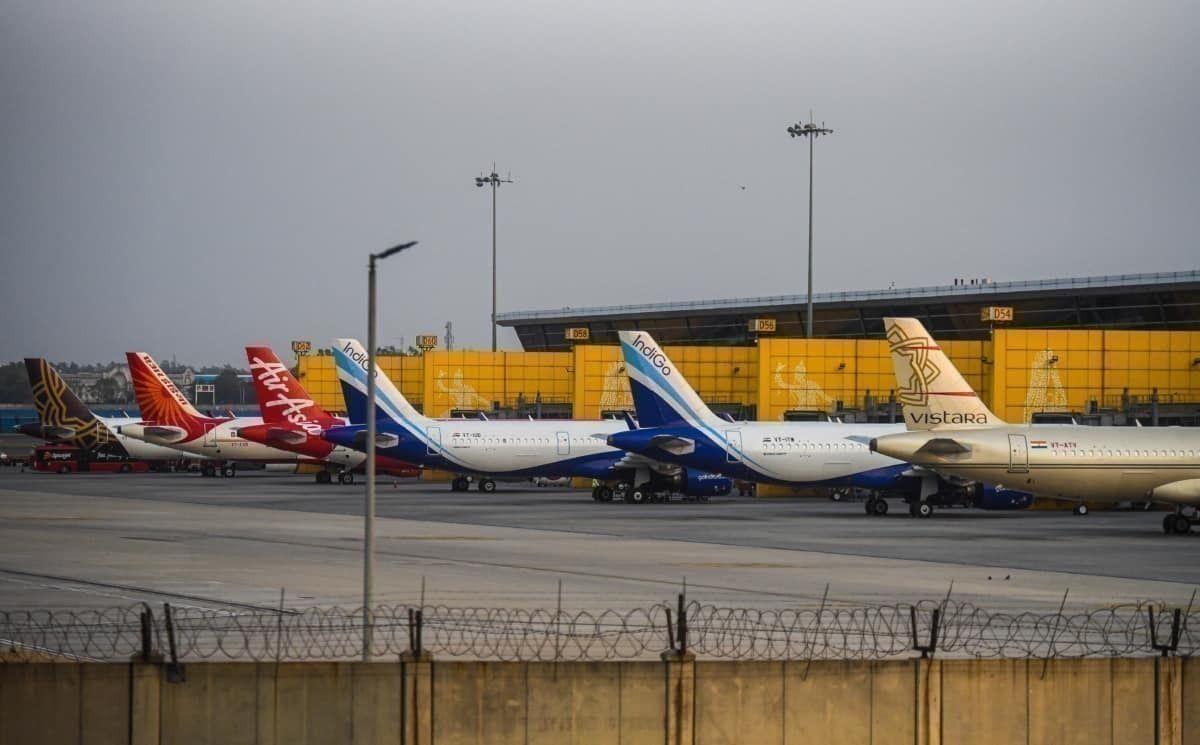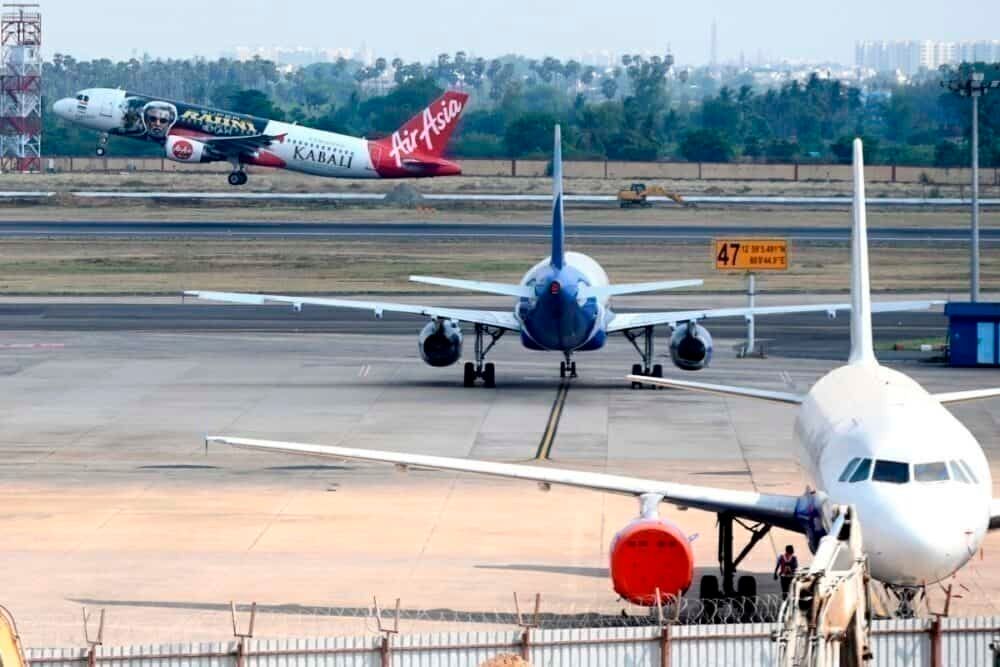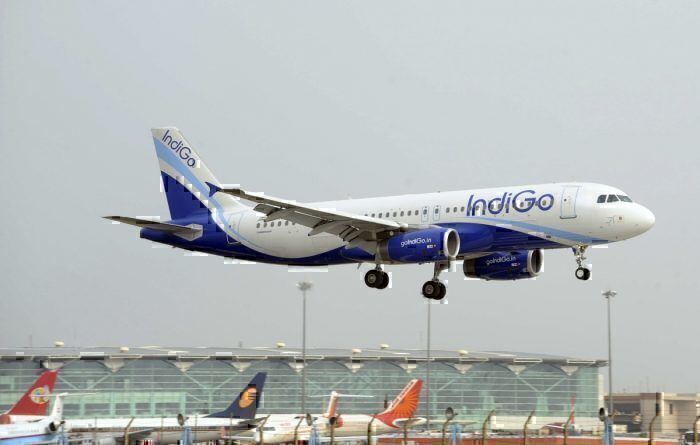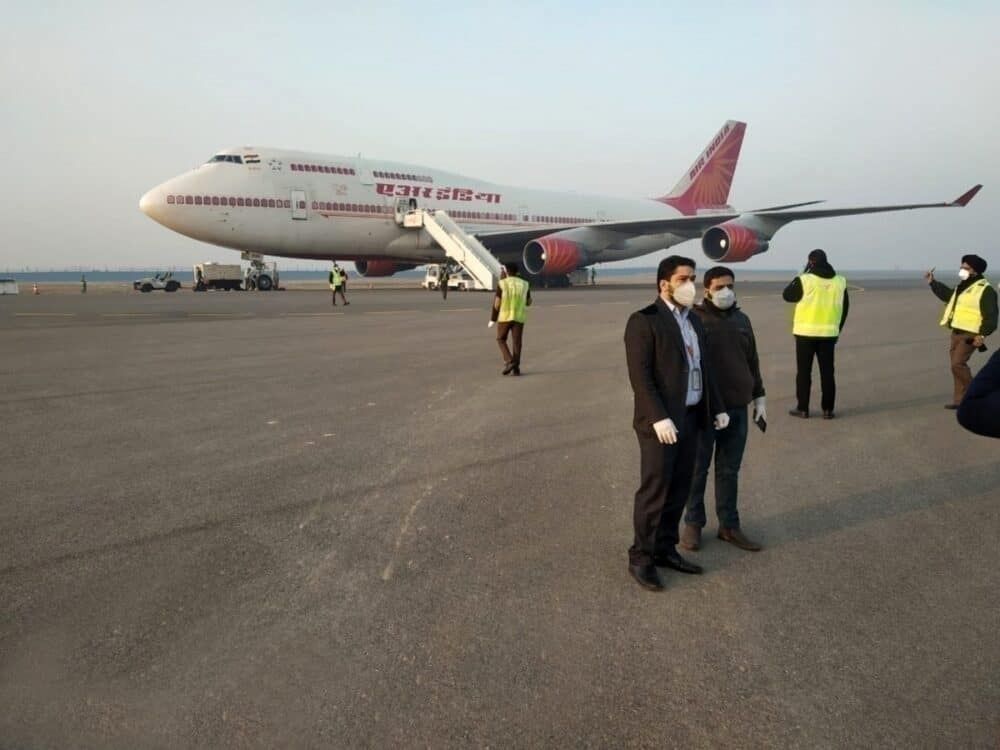India is seeing its daily passenger numbers begin to plateau, as demand for air travel remains low. Domestic flights are seeing around 60,000-65,000 daily passengers in the last few weeks, down over 80% from last year. This stagnation in number will affect airlines, who are struggling with high costs as they try to stay afloat.
Demand starting to slow
Since domestic flights resumed on 25th May, India has seen a quick rise in passenger numbers. The first week of flights saw around 40,000 people flying, but since then, numbers have peaked at 75,000 daily passengers.
Stay informed: Sign up for our daily aviation news digest.
However, this rise has been challenging to sustain. The government initially capped airlines to only 33% of their summer capacity, bringing down total flights. This cap was later increased to 45%, but airlines have been reluctant to increase capacity further since demand remains low and major airports restricted.
On a typical day in 2019, there were around 375,000 domestic passengers, which means current numbers are, at best, 20% of pre-pandemic levels. Numbers have been hovering near the 60,000 mark for the last two weeks now, concerning many. It is now possible that India has reached a plateau in daily numbers, which is bad news for airlines.
Airlines to suffer
Low demand and limited capacity have left Indian airlines struggling. While all the major airlines have been undertaking cost-cutting measures since March, July has seen more drastic moves from the country's leading airlines.
Air India announced that it was instituting a mandatory leave without pay program, which could last up to five years for some employees. IndiGo, the country's largest carrier, recently laid off 10% of its staff as the pandemic took its toll on the low-cost carrier.
Airlines have long complained that capacity limitations at key airports are holding back operations. Mumbai airport has only allowed a 100 daily flights, 50 in and out, affecting a key market of all airlines. Kolkata has cut flights from six major cities (including Delhi and Mumbai) due to COVID-19 fears, dramatically reducing capacity. Without access to such important travel hubs, airlines will struggle to generate revenue and raise capacity.
Concerns over travel remain
The main factor slowing down travel demand is still COVID-19. India has seen a drastic rise in cases, crossing 50,000 daily cases this week, which has caused many to avoid air travel. Cases are also concentrated in the major cities, further reducing passenger numbers as individual states start adding quarantine requirements.
While airlines would benefit from more daily flights, the fact remains that most people refuse to travel for non-essential reasons. Without a drop in COVID-19 cases, the airline industry can't bounce back and begin a steady recovery. It could be a while before India sees its domestic market boom once again.
What do you think about India's domestic recovery? Let us know in the comments.




